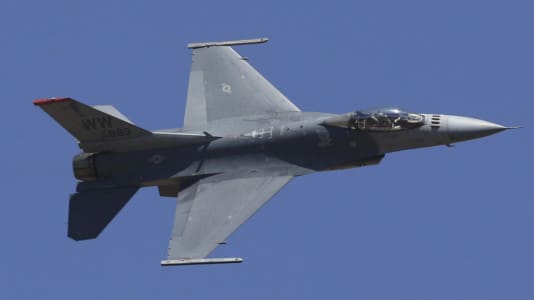The Ukrainian counteroffensive launched over two months ago has failed to produce similar results attained by the maneuvers that led to the liberation of most of the Kharkiv region and the city of Kherson last year.
It took the Ukrainians two months to reach the Surovikin line of defense in the south of the country. In the last two weeks, they have been concentrating on probing near Bakhmut, Berdyansk, and the city of Melitopol but without much success.
It had been assumed that one of the conditions necessary for a large counteroffensive was arming Ukraine with advanced heavy weaponry such as modern tanks, but the whole process of agreeing to those arms to be transferred and the timing has been chaotic.
The West is supplying Ukraine with equipment that is often incompatible and which comes from different technological epochs. This creates logistical problems with servicing all the different types of equipment. The situation in which the Ukrainian forces have nine different types of armored attack vehicles is a long way from ideal in terms of managing the personnel to man them.
The Ukrainian army, despite the progress made to bring it closer to NATO standards, remains an army that is closer to the Soviet model and military doctrine. When NATO concepts are found to be impossible to implement, the Ukrainian commanders revert to what they know best. As a result, what we have on the frontline currently is a hybrid of Soviet and NATO-style operations.
The mistake made at the stage of planning the counteroffensive was the assumption that Russia’s defense potential was waning, and that bringing in around 10 brigades of attack forces armed and trained up to NATO standards would break through the front and create a breach in the Russian defenses, which the less well trained Ukrainian forces could move through.
The problem was that there was insufficient time to make the Ukrainian forces capable of fulfilling NATO requirements. This is why they reverted to Soviet-style reliance on heavy artillery.
The training received from the West has been of varying quality. There has been praise for British training and complaints about German programs.
One of the greatest problems today is the quality of commanders. A lot of top officers have been lost and they are being replaced by older officers from the reserves or young inexperienced ones. Some of those younger officers have had to be fast-tracked and this has not always ended well.
But as important are the advantages Russia possesses in this war. First of all, it remains stronger in the air than Ukraine. Second, it has a well-organized minefield, and third, Ukraine just does not have the numbers to secure a 3:1 advantage necessary to make a counteroffensive work.
Ukrainian command knew this and this was why the counter-offensive had been put off several times. In the end, it had to be launched but it is becoming increasingly apparent that the chances of it succeeding before the onset of autumn are not great.
This is why the talk in the West now is of making sure Ukraine is ready for another attempt at breaking through in the spring when it has received Abrams tanks and F-16 aircraft. However, that also gives Russia more time to prepare its response.






